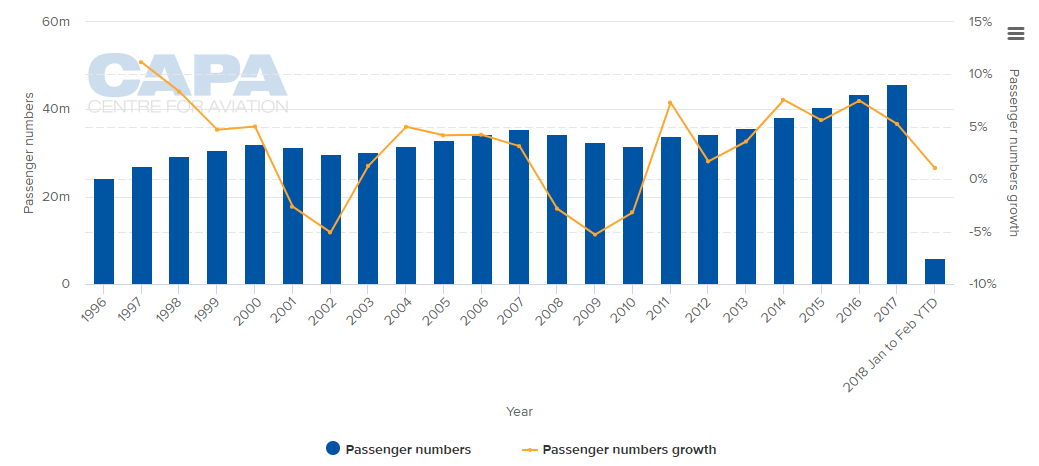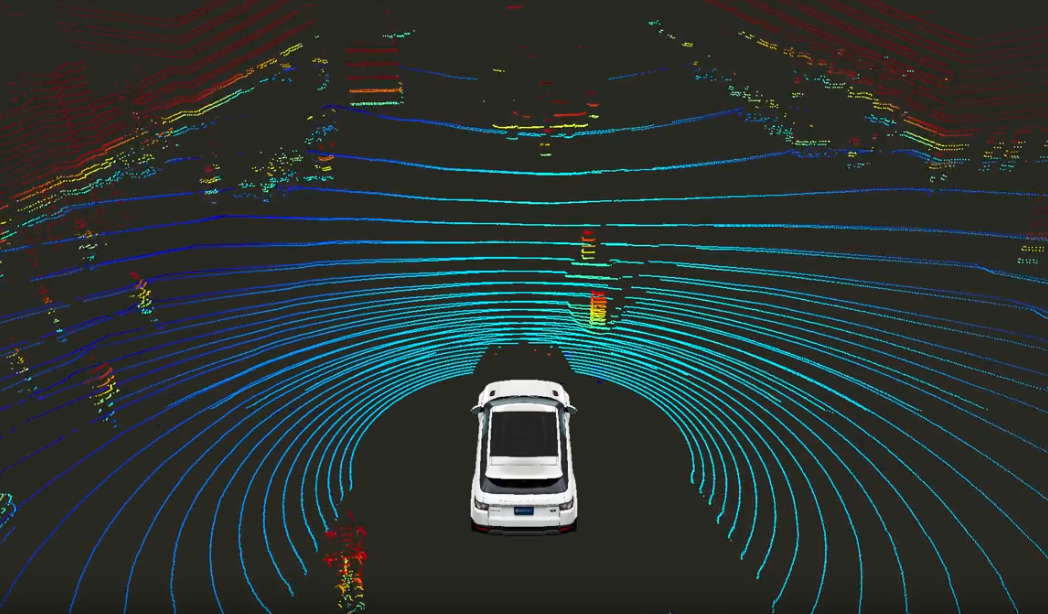The trial could be first step toward widespread use of autonomous vehicles on airfields across the world which could reduce vehicle numbers, emissions and costs. Gatwick Airport says its 300 airside vehicles are stationary 90% of the time - as staff attend to aircraft and passengers. The trial will instead see workers shuttled between popular locations on the airfield when it starts later this summer.
If successful, the trial may lead to "an Uber-like service operating across the airfield which staff can hail as and when they need to travel," says Cathal Corcoran, chief information officer, Gatwick Airport "This trial is just the start and much more research will be needed, but ultimately this could be the beginning of the widespread use of autonomous vehicles on airfields across the world," he adds.
London Gatwick achieved its 60th month of consecutive growth in Feb-2018 - marking five full years of month-on-month growth at the airport - as 3.0 million passengers travelled through last month, +0.7% on 2017. Its busiest-ever February was fuelled by further significant growth in the airport's long-haul routes, which were up +16.7% across the month. This also helped to drive a +37.2% rise in the volume of cargo handled by the airport.
CHART - London Gatwick started the decade at a low point with passenger levels dipping to 31.3 million but has subsequently seen year-on-year increases - peaking at over +7% in 2011, 2014 and 2016 - to grow by almost a half to 45.5 million last year Source: CAPA - Centre for Aviation and London Gatwick reports
Source: CAPA - Centre for Aviation and London Gatwick reports
The autonomous vehicle trail is thought to be the first of its kind for any airport in the world and - if successful and scaled up - could lead to airfield transport needs being met from a much smaller pool of autonomous vehicles, reducing the need for such large vehicle fleets, reducing emissions and saving on costs.
It will be run in partnership with Oxbotica - a company that develops software that enables vehicles to run autonomously without reliance on GPS or any other technology outside the vehicle. Oxbotica vehicles are also currently involved in other trials on UK roads and are currently developing a fleet of autonomous vehicles that will soon be running between Oxford and London.
Airports offer an "incredibly interesting domain" for autonomous driving software, explains Dr Graeme Smith, CEO of Oxbotica, where there is a huge diversity of vehicles, each with a very specific mission. "The challenge of choreographing all of the activity around an individual plane, or in support of airport operations is immense," he says.
Data collected from the Gatwick pilot study will demonstrate if autonomous vehicles can work safely on an airfield, which is a complex environment with a wide range of different vehicle types moving in many directions both on and off road systems.
The data will be used in dialogue with the Department of Transport, Civil Aviation Authority and others. XL Catlin - a global insurance company - is also interested in being part of trial to learn more on autonomous airfield vehicles from an insurance perspective.
If the technology is proven in an airfield environment and following further trials, this project could be the precursor to exploring wide range of additional uses. IATA - the trade body for the world's airlines - advocates more than 40 use cases for autonomous vehicles including push back tugs, passenger load bridges, baggage vehicles and transportation buses.
We're developing the next generation of autonomous vehicles - creating the software that makes them go. Using the latest in computer vision and machine learning, our systems learn from their environment and share experiences with each other, so that they're getting smarter all the time.
Oxbotica says its system uses cameras and lasers to precisely pinpoint itself on a map, no matter the weather and lighting conditions - localising without using GPS, while a complement of sensors and algorithms identify and track pedestrians, cars and other obstacles in the environment. Knowing where it is and what's around it, the system calculates a safe and efficient route of travel.
Using the latest in computer vision and machine learning, autonomous vehicle systems generally learn from their environment and share experiences with each other, so that they're learning all the time. However, that did not stop an accident occurring during Uber's own trials in the United States of America (USA) this past weekend.
The ride-hailing firm has now suspended its own testing of self-driving cars after a woman was killed in an accident involving a Volvo SUV test vehicle last weekend. The car was operating in "autonomous mode" despite having a human operator in the front seat and struck a pedestrian crossing the road in Tempe, Arizona. The 49-year-old later died in hospital and is believed to be the first death of a pedestrian after being struck by a self-driving car.
Uber's CEO Dara Khosrowshahi described the accident as "incredibly sad news" and the company has suspended all testing of autonomous cars in Tempe, Pittsburgh, San Francisco and Toronto. "We're thinking of the victim's family as we work with local law enforcement to understand what happened," he added in a statement. Uber is just one of several companies currently testing autonomous vehicles in the US, including Tesla, Ford and General Motors and all will be closely following the investigation into the accident, as will the team supporting the Gatwick Airport trial.
